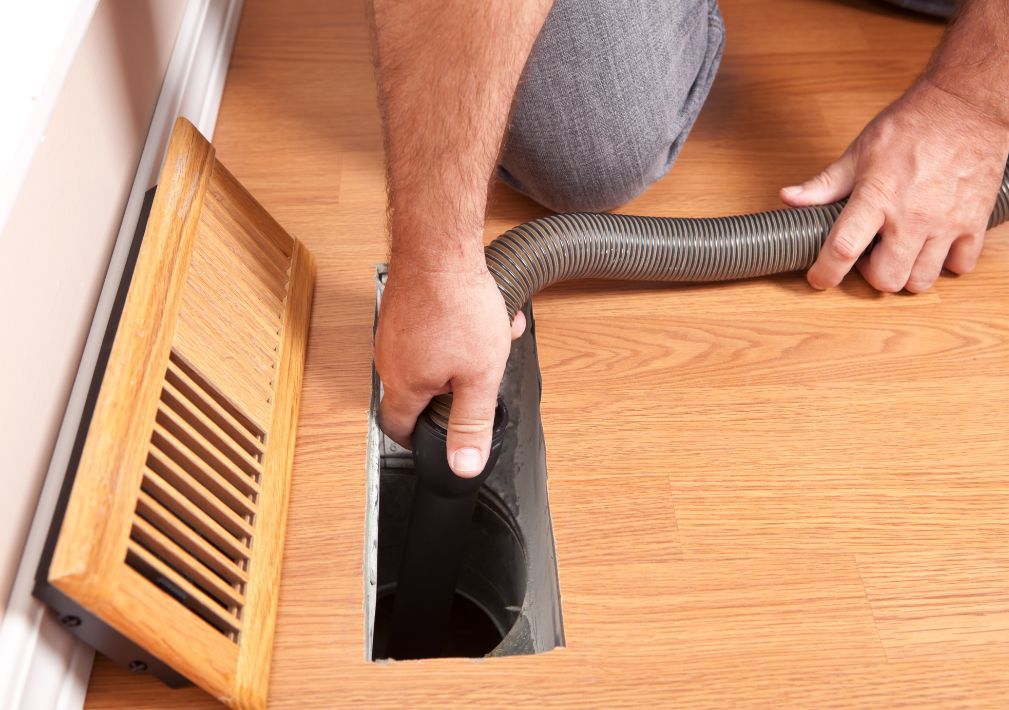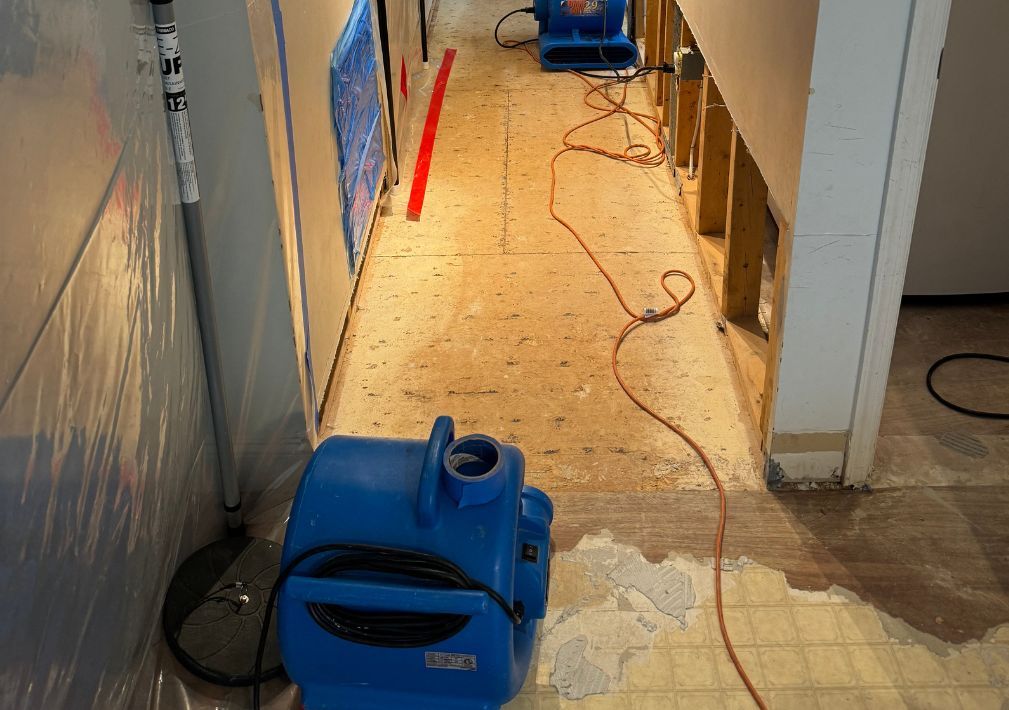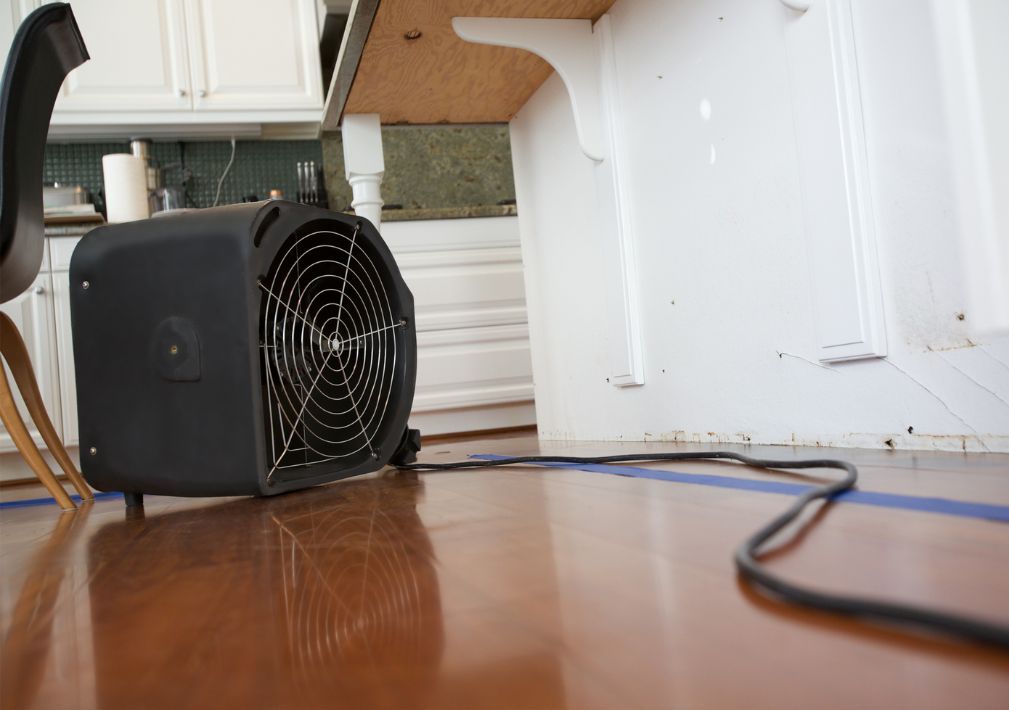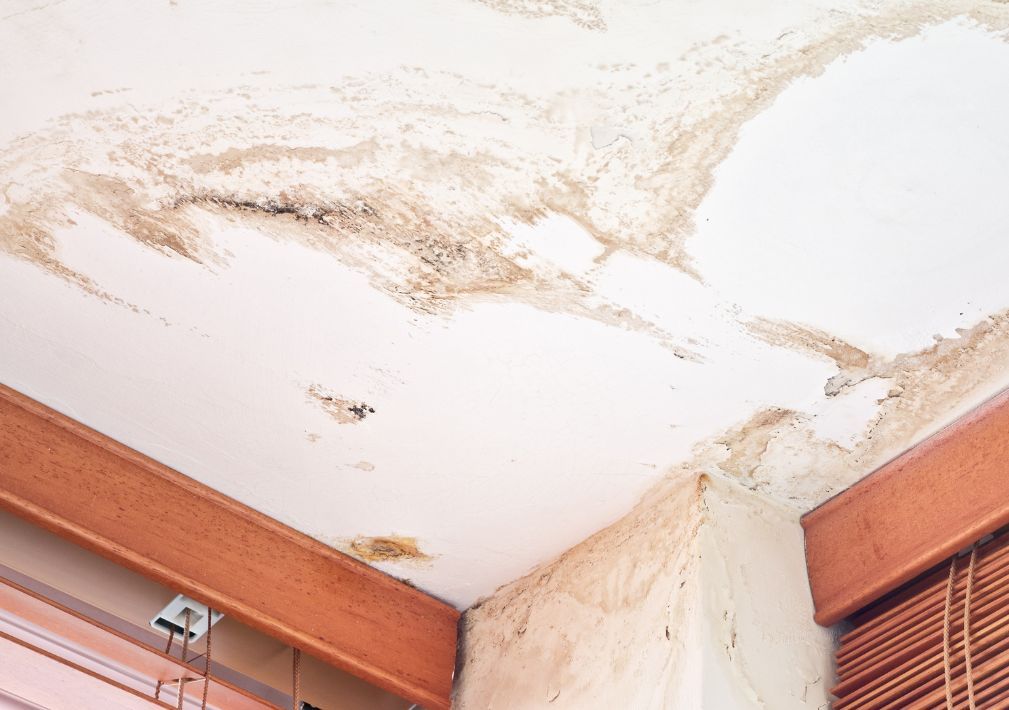What is Considered Significant Water Damage?

Significant water damage refers to any water intrusion that causes extensive structural damage, promotes mold growth, or poses health risks, such as flooding or sewage backups. Common signs include water stains, musty odors, and warped surfaces, indicating the need for immediate attention and professional restoration.
Water damage is a pervasive issue that many homeowners face, and understanding its severity is crucial for effective restoration. Water can infiltrate homes in various ways, whether through a minor leak from a pipe or a major flooding event from a storm. The consequences of water damage can range from cosmetic issues, like stains on walls, to serious structural concerns that compromise the integrity of your home. Recognizing what constitutes significant water damage enables homeowners to take prompt action, minimizing the risk of further damage and costly repairs.
In this blog, we will delve into the different types of water damage, identify the signs that indicate significant damage, explore common causes, and discuss how to take proactive measures against water damage. At Voda Cleaning & Restoration of Virginia, Maryland & DC , we pride ourselves on being water damage restoration experts dedicated to helping you restore your home to its original condition, ensuring a safe and healthy living environment for you and your family.
Types of Water Damage
Water damage is generally categorized into three distinct types, each varying in severity and potential health risks:
- Clean Water Damage:
This type of water damage arises from a clean source, such as a broken pipe, overflowing sink, or a malfunctioning appliance like a refrigerator. While clean water is typically free from contaminants, it can still lead to significant damage if not addressed promptly. Clean water can seep into walls, floors, and furnishings, creating the potential for mold growth if the moisture is not adequately managed. - Gray Water Damage:
Gray water comes from sources that may contain some level of contaminants, such as washing machines, dishwashers, or sinks. While it is not classified as hazardous, gray water can pose health risks if ingested or if it comes into contact with skin. This type of water damage requires prompt action to prevent the growth of mold and the spread of bacteria, which can lead to more severe health issues over time. - Black Water Damage:
Black water is the most severe form of water damage and is considered highly unsanitary. It typically originates from sources like sewage backups, flooding from rivers or lakes, or other sources of contamination. Black water contains harmful pathogens and can pose serious health risks to humans and pets. This type of water damage requires immediate professional intervention to safely remove and remediate the affected areas.
Understanding the different types of water damage is essential for homeowners to assess the situation accurately and determine the best course of action.
Signs of Significant Water Damage
Recognizing the signs of significant water damage is crucial for early intervention and effective remediation. Here are some key indicators to watch for:
- Visible Damage:
Look for signs of water stains, discoloration, or bubbling on walls, ceilings, and floors. These visible markers can indicate that water has infiltrated the materials, leading to structural concerns. Pay special attention to areas near plumbing fixtures, windows, and roofs, as these are common entry points for water. - Mold Growth:
Mold thrives in damp environments and can develop within 24 to 48 hours after water exposure. If you notice mold or mildew, especially in areas that are typically dry, it could signify significant water damage. Common places for mold growth include basements, bathrooms, and around windows. Mold not only damages surfaces but can also lead to health problems for those with respiratory issues or allergies. - Musty Odors:
A persistent musty smell often indicates hidden moisture or mold growth. This odor can permeate through walls, carpets, and furnishings, making it a reliable indicator of water damage. If you detect this smell, it’s essential to investigate further, as it may signal that water is trapped in areas not immediately visible. - Increased Utility Bills:
A sudden spike in water bills can be a sign of hidden leaks that are causing water damage. If you notice an unexplained increase in your monthly water expenses, consider checking for leaks or other sources of water intrusion. - Warped or Buckled Flooring:
If you notice that your hardwood or laminate floors are warping, buckling, or feeling soft underfoot, it could indicate significant water damage beneath the surface. Carpet may also appear saggy or discolored in areas affected by water.
Recognizing these signs early can help mitigate further damage and reduce repair costs, allowing homeowners to take swift action when needed.
Common Causes of Significant Water Damage
Understanding the common causes of significant water damage is crucial for prevention and timely intervention. Here are some prevalent sources of water damage that homeowners should be aware of:
- Flooding:
Heavy rainfall, storms, or melting snow can lead to flooding that overwhelms drainage systems, causing water to enter homes. Floodwaters can cause extensive damage, particularly in basements and lower levels. It’s important for homeowners in flood-prone areas to have proper drainage systems in place and to consider flood insurance for added protection. - Plumbing Issues:
Leaky pipes, burst pipes, or malfunctioning plumbing fixtures can lead to significant water damage. Aging pipes are prone to corrosion and wear, leading to leaks and bursts. Regular inspections and maintenance of plumbing systems can help prevent these issues before they escalate. - Appliance Failures:
Major appliances like washing machines, dishwashers, and water heaters can malfunction or develop leaks over time. Regularly inspecting and maintaining these appliances can prevent unexpected water damage. For example, checking hoses for wear and replacing them periodically can help avert leaks. - Roof Leaks:
Damaged or missing shingles, clogged gutters, and compromised flashing can lead to roof leaks. Water can infiltrate the home through these openings, causing damage to ceilings, walls, and insulation. Regular roof inspections and maintenance are essential to prevent leaks from becoming a significant issue. - Sewage Backups:
Sewage backups can occur due to blockages in the plumbing system, heavy rainfall, or tree root intrusion. This type of water damage is particularly hazardous and requires immediate professional intervention to address health risks associated with black water.
By understanding these common causes, homeowners can take proactive measures to protect their properties and reduce the likelihood of significant water damage.
Taking Action Against Water Damage
If you suspect significant water damage in your home, swift action is essential to minimize the impact. Here are steps you can take:
- Assess the Situation:
Begin by identifying the source of the water and assessing the extent of the damage. Take photos for documentation and insurance purposes, and note any visible damage. A thorough assessment will help you understand the severity of the situation and guide your next steps. - Shut Off Water Sources:
If possible, turn off the main water supply to prevent further damage. In cases of flooding, prioritize your safety and avoid standing water, which may contain electrical hazards or harmful contaminants. - Call Water Damage Restoration Experts:
Contact professionals like Voda, who specialize in water damage restoration. Our experienced team can evaluate the damage, develop a comprehensive restoration plan, and efficiently restore your home to its pre-damage condition. We utilize advanced techniques and equipment to ensure thorough remediation and minimize health risks. - Begin Cleanup and Drying:
If you can do so safely, start removing standing water using pumps or wet vacuums. Open windows for ventilation and use fans and dehumidifiers to dry out the affected areas. However, for extensive damage, it’s advisable to allow professionals to handle the cleanup to ensure thorough drying and prevent mold growth. - Check for Mold:
After the initial cleanup, monitor the affected areas for signs of mold growth. If mold is present, it’s essential to have it professionally removed to ensure a safe living environment. Mold remediation is a specialized process that requires expertise and proper safety precautions. - Document Everything:
Keep a record of all damage, repairs, and communications with restoration professionals and insurance companies. This documentation will be valuable when filing claims and tracking progress.
Final Thoughts
Significant water damage can have serious implications for your home and health. Understanding the different types of water damage, recognizing the signs, and being aware of common causes empowers homeowners to take prompt action when needed. If you encounter water damage, don’t hesitate to reach out to Voda Cleaning & Restoration of Virginia, Maryland & DC , your trusted water damage restoration experts. We are committed to helping you restore your home and peace of mind. With our expertise and dedication, we ensure your home is safe, dry, and ready for you to enjoy once again.
Frequently Asked Questions
What is considered significant water damage?
Significant water damage typically refers to any water intrusion that leads to substantial structural damage, mold growth, or poses health risks. This includes extensive flooding, prolonged moisture exposure, or damage from sewage backups.
How can I identify signs of significant water damage in my home?
Common signs include water stains on walls or ceilings, musty odors, mold growth, buckling or warped flooring, and increased utility bills. If you notice any of these indicators, it’s essential to investigate further.
What causes significant water damage?
Common causes include heavy rainfall or flooding, plumbing issues like leaks or burst pipes, appliance malfunctions, roof leaks, and sewage backups. Understanding these causes can help you take preventative measures.
What are the different types of water damage?
Water damage is generally categorized into three types: clean water damage (from clean sources like a burst pipe), gray water damage (from sources like washing machines), and black water damage (from unsanitary sources like sewage).
More Blogs
Categories




